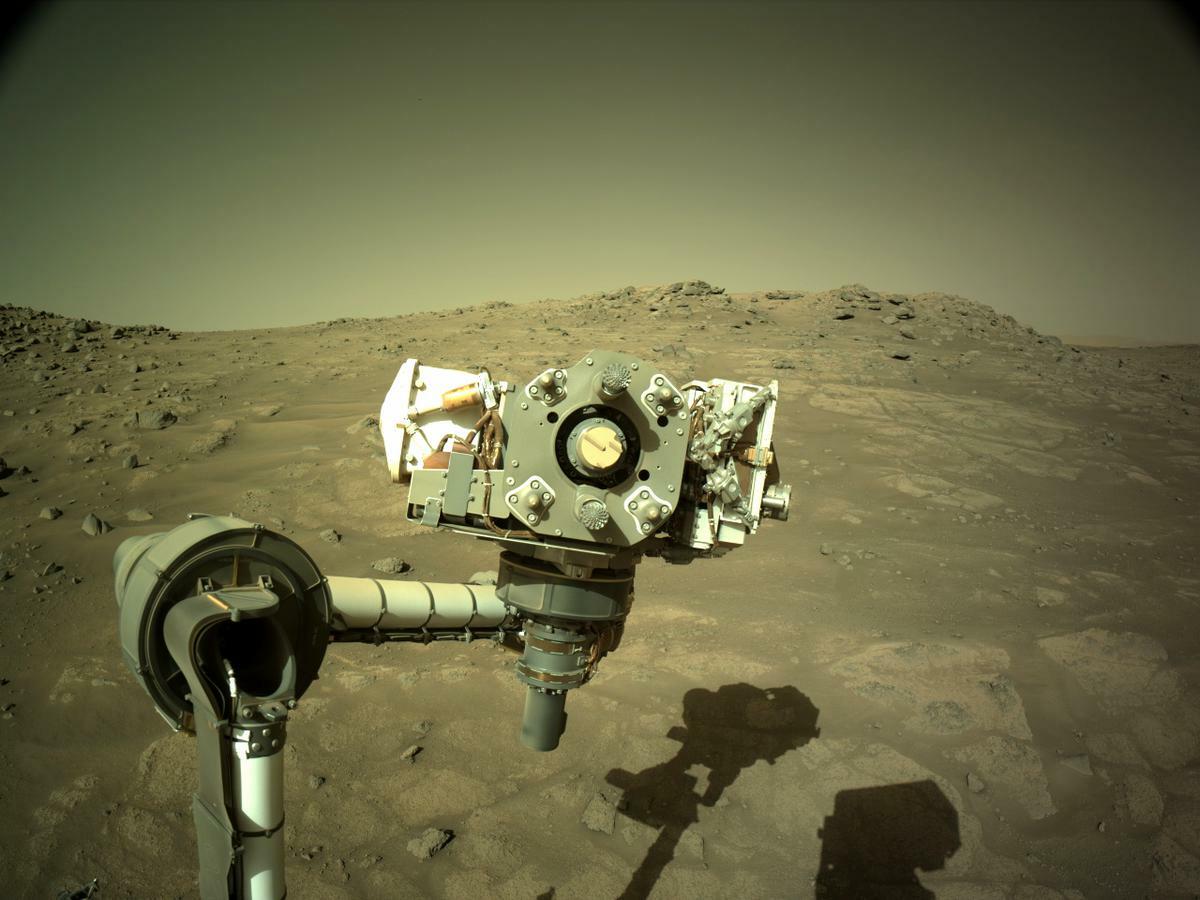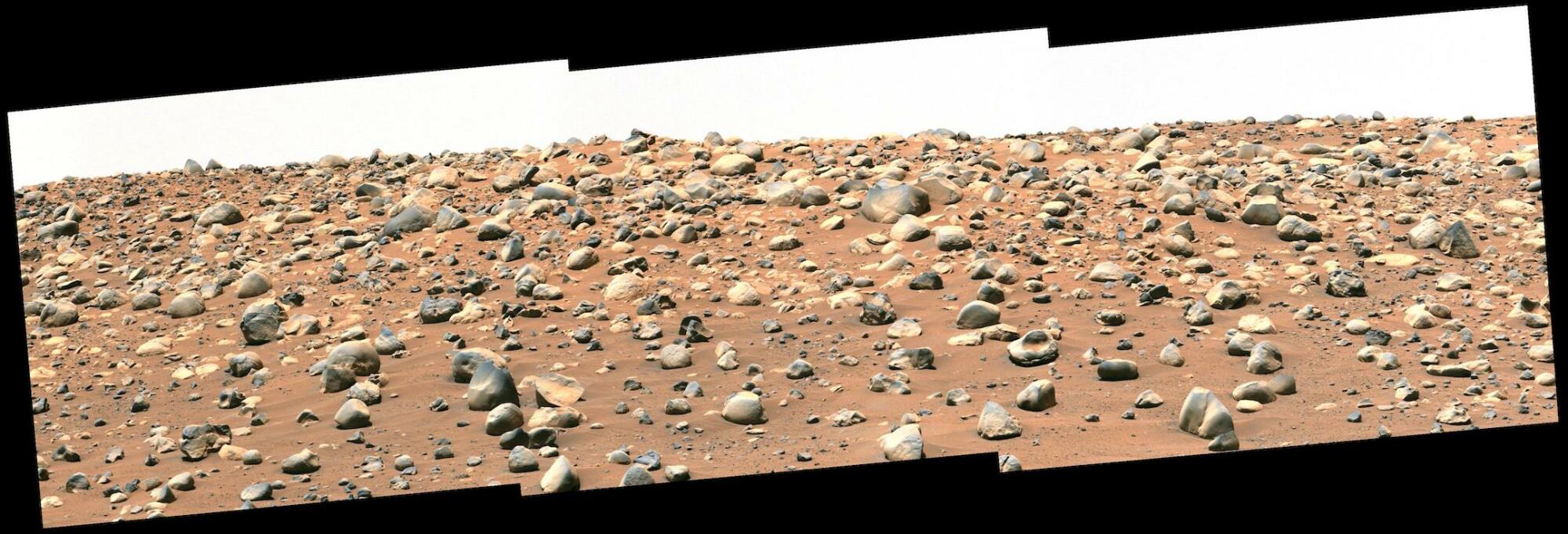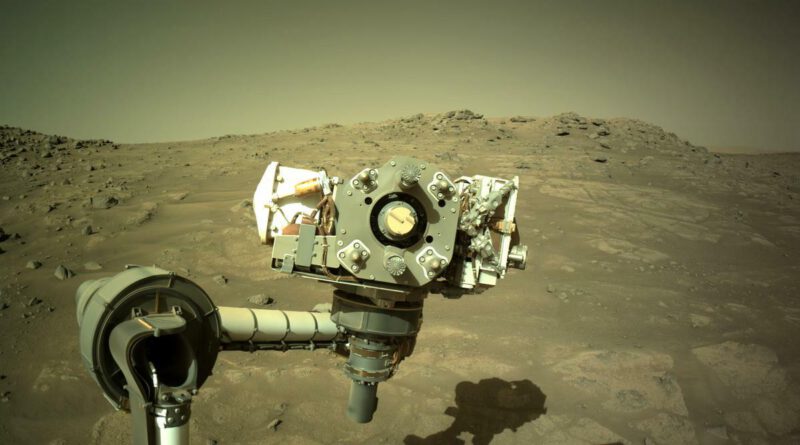NASA’s car-sized rover spots strong evidence of gushing water on Mars

Ancient Mars wasn’t simply just wet. It experienced momentous floods.
As clear evidence of this water-filled past, NASA recently released an image snapped by its Perseverance rover, showing large heavy boulders absolutely blanketing part of the Jezero Crater, a dried-up river delta.
“The rounded boulders seen here are believed to have been washed into Jezero Crater, which Perseverance is exploring, by strong flood waters billions of years ago,” NASA said in a statement. “This occurred during one of three major periods that scientists have identified in the development of the lake and river system that occupied Jezero in the ancient past.”
Some 3.5 billion years ago, bounties of water coursed through a flat Martian plain called Isidis Planitia before breaching the crater’s walls. At times, water flowed deeply and vigorously enough to transport all these boulders, which you can see below.

The Perseverance rover’s older sibling, Curiosity, has also spotted telltale evidence of momentous water-related events on Mars, some 2,300 miles (3,700 kilometers) away from Jezero Crater. Long ago, colossal debris flows on Mars’ Mount Sharp hurled mud and car-sized boulders down the mountain, leaving a prominent ridge today.
One of Perseverance’s primary missions is to look for potential signs of past life on Mars — though there’s still no evidence any existed. But if microbes ever evolved on the Red Planet, the rover is certainly looking in an ideal spot. Jezero once hosted streams, rivers, and a sprawling 22-mile-wide (35 kilometer) lake. Life could have possibly thrived in this region’s wet soils, similar to how life does on Earth.
The car-sized robot is also collecting pristine samples of the Martian surface. NASA wants to closely scrutinize these rocks and soils, and whatever they might contain, up close. “Subsequent NASA missions, in cooperation with ESA (European Space Agency), would send spacecraft to Mars to collect these sealed samples from the surface and return them to Earth for in-depth analysis,” the space agency said.
